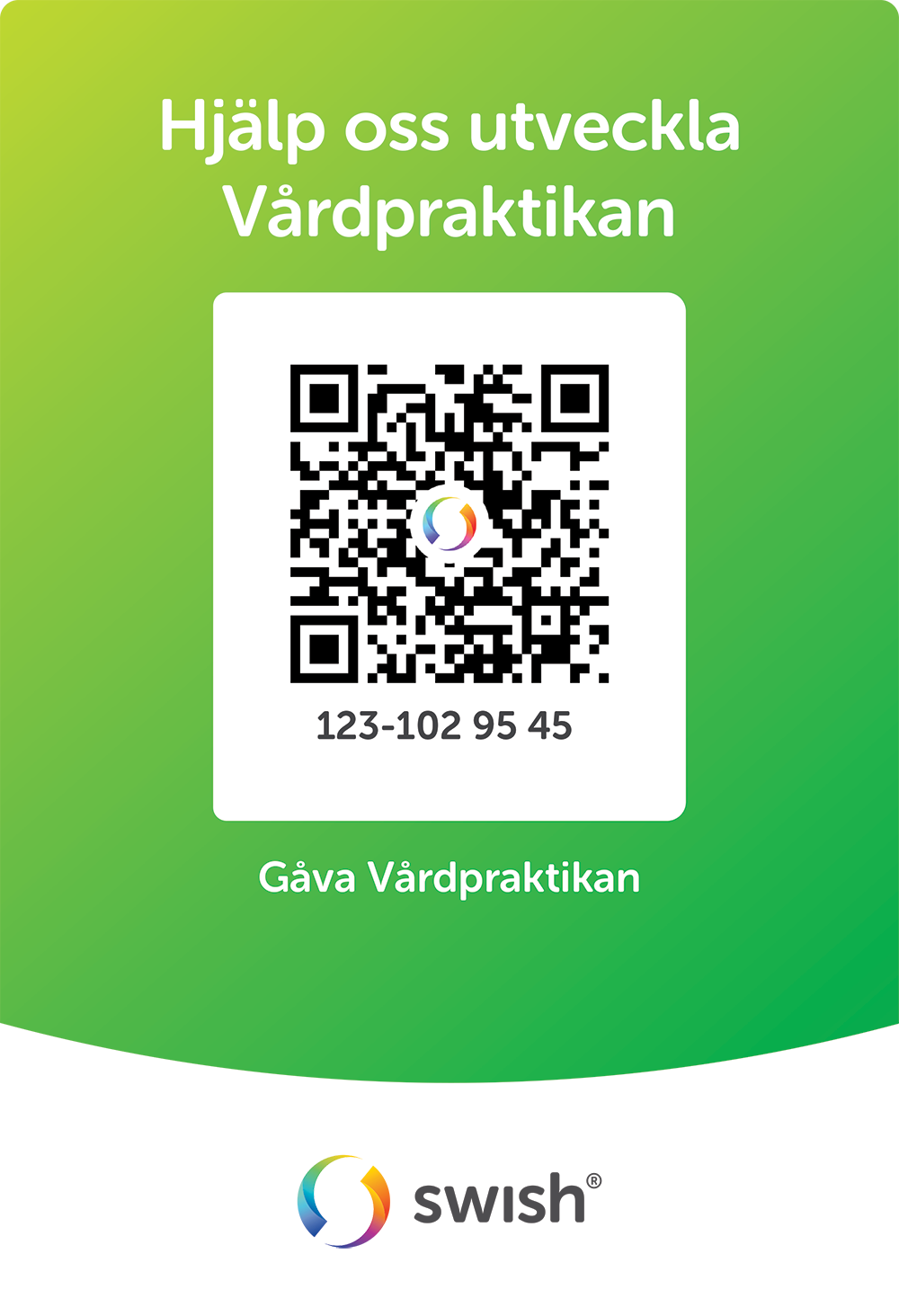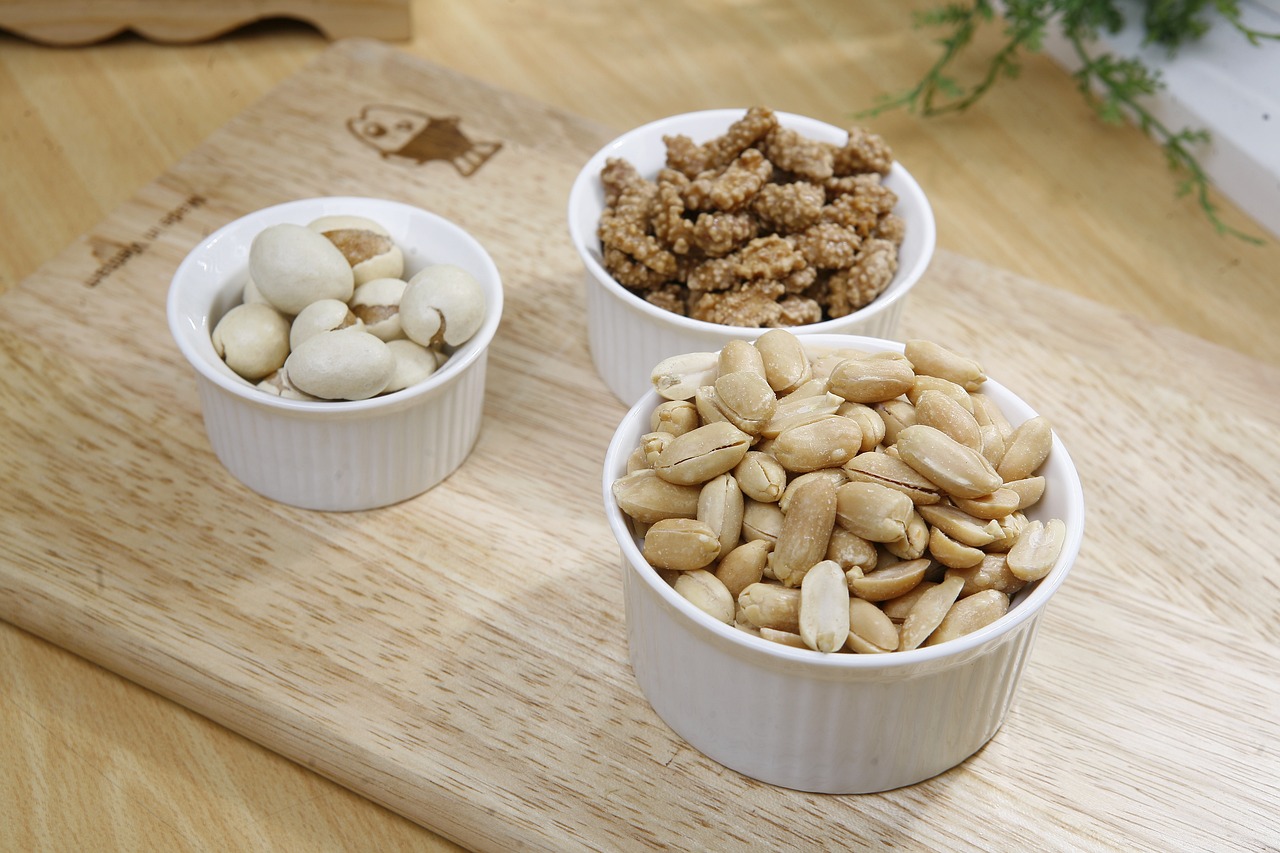This is how the nursing home works with social documentation to improve the care of the residents
This article is written from a Swedish perspective. Hopefully, it can inspire people from other countries.
In the social journal, important events should be written. What is important can vary. If there is a well-formulated implementation plan and it is possible to document that one has worked according to it, the need to write journal text decreases. It can also be important to document activities that have been offered and when authorized personnel have been contacted regarding health issues. Social documentation is a central tool in the work at elderly homes to ensure individualized care and high quality.
 Foto: Mostphotos
Foto: MostphotosSocial Journal
The social documentation is important for being able to follow up on efforts and improve support for the resident. It happens relatively often that nursing assistants receive criticism or even get reported under the Lex Sarah law for being careless with the documentation. The starting point when an investigation is carried out is that what is not documented has not been done.
There are often signature lists for recurring efforts. This is most common in connection with medication management, but it can also occur in connection with showers, oral care, activities, outdoor stays, and other efforts.
Move-in Conversation
Upon moving in, a conversation is held with the resident and relatives. Information about life story, habits, and wishes the resident has in everyday life is documented. Some operations have a contact book with relatives. Detailed notes are made in the social journal before the implementation plan is drawn up to create a basis. An implementation plan is written relatively soon after the person has moved in. At the same time, there is a dialogue between the nursing assistant and licensed staff on what health and medical care efforts are needed. This is documented in a care plan.
During the time someone lives in the accommodation, significant events, deviations from what is implemented or complaints that have been expressed are written down. Offers that are given that the individual refuses should also be documented. Anything else of significance that has emerged in contacts with the individual or others who have provided information in connection with the implementation should also be noted. Similarly, important events in the individual's life, both positive and negative, should be written down.
Implementation Plan
The implementation plan should be revised regularly. Often at least every third month, the revision should be carried out, to evaluate what has been achieved in relation to the set goals for the effort or if the individual's situation or needs have changed then the plan may need to be changed.
The Importance of Social Documentation in Elderly Care – How Operations Should Work with Documentation to Benefit the Care of Residents
Social documentation is a central part of the work in elderly care. It ensures that the care provided is person-centered and that the residents' needs, desires, and efforts are systematically followed up. For the documentation to benefit the care, structured and careful handling is required. Here is a review of the different parts of the social documentation and how the operation should work with it to ensure the best possible care.
Implementation Plans
What is an implementation plan?
The implementation plan is an important tool that describes how care should be provided to the resident. It contains information about the resident's needs, goals, and desires and how these should be met in everyday life. The plan should be individually adapted and based on what the resident wants and can do.
How operations work with implementation plans:
The implementation plan should be drawn up in consultation with the resident, and if necessary with their relatives or legal guardian. The plan should be alive and updated continuously when changes occur in the resident's needs or health status. Follow-up of the implementation plan should take place regularly to ensure that care meets the residents' current needs.
2. Social Journaling
What is social journaling?
A social journal is a continuous documentation of the actions and efforts that are carried out in the care of the resident. It can be about everything from health efforts, the resident's daily routines, activities and meals to changes in the resident's health status or behavior. Journaling is an important tool for ensuring that efforts are followed up and that all staff are updated on the resident's current situation.
How operations work with social journaling:
All staff should receive training in how to keep a social journal in a correct and detailed manner. Documentation should take place in close connection with the efforts to ensure that the information is current and correct. In addition, it is important that the documentation is objective and factual and that it reflects the resident's needs and development in a clear way.
3. Deviation Reporting
What is deviation reporting?
Deviation reporting is used to document when something unexpected happens, such as a fall accident, a missed medication or other event that deviates from the planned care. The purpose of deviation reporting is to analyze what has happened and why, and to take measures to prevent it from happening again.
How operations work with deviation reporting:
It is important that all employees in the elderly care home have clear routines for when and how deviations should be reported. The operation should also have a system for regularly analyzing deviations and using these analyzes to improve and develop care. In this way, the operation can learn from mistakes and work preventively.
Life Stories
What is a life story?
The life story is a more personal part of the documentation that contains information about the resident's life history, interests, habits, and values. The purpose of the life story is for the staff to gain a deeper understanding of who the resident is and what is important to them in everyday life.
How operations work with life stories:
When a new resident moves into the elderly care home, it is important that the staff collect information about their life history in consultation with them or their relatives. The life story should be used to adapt care and make everyday life more meaningful for the resident. By understanding what has been important to the resident during their life, staff can create activities and environments that feel safe and familiar.
Documentation of Health and Medical Care Efforts
What is health and medical care documentation?
Health and medical care efforts should also be documented carefully. This includes medication management, health measures, rehabilitation, and other medical care. This documentation is important to ensure that the resident receives the right care and for healthcare providers and other healthcare staff to be able to follow up on care.
How operations work with health and medical care documentation:
It is important that all documentation regarding health and medical care efforts is carried out according to applicable laws and regulations and that only authorized personnel have access to this information. Routines for documentation and follow-up should be clear, and regular checks and reviews of journals and care efforts should be carried out to ensure that no important efforts are missed.
Follow-up and Evaluation of Documentation and Efforts
What does follow-up and evaluation mean?
Follow-up of efforts and care is a central part of social documentation. By evaluating and analyzing the outcomes of efforts, operations can ensure that care is adapted to the resident's needs and that quality improvements are implemented.
How operations work with follow-up of documentation and efforts:
The operation should have a system for regularly following up the residents' care plans and implementation plans. This can be done through conversations with the resident, follow-up of the social journal or through regular meetings with staff and relatives. By being careful to evaluate and follow up on care, the elderly care home ensures that care develops and improves over time.
Summary
Social documentation is an important tool to ensure that care in the elderly care home is individually adapted and of high quality. By working systematically with implementation plans, social journaling, deviation reporting, life stories, and follow-up, operations can create a safe and person-centered care environment. Correct and careful documentation also provides the opportunity for continuous improvement and development of care, which benefits both residents and staff.
Reflection questions - social documentation:
Care staff:
- Do residents ever not want or are unable to participate in the development of the implementation plan?
- What do you do then?
- Do you have good support for documenting?
- Do your implementation plans provide good support for substitutes, for example?
Manager, nurse, occupational therapist, and physiotherapist:
- Is there a good dialogue in the planning of care between SoL and HSL staff?
- Do routines for updating the implementation plan work?
- Are they coordinated with updating care plans?
- Is it possible to evaluate and measure the goals in your implementation plans?
- Do you do it?
Residents and relatives:
- Do you feel involved in the planning of care?
- Do you get to take part in what is written in the implementation plan?
- Is what is written of good quality?
Erland Olsson
Specialist nurse
Sofrosyne - Better care every day

Aktuellt i media
- 2025-04-25 04:00 17 Psykisk hälsa
-
2025-04-23 04:00
13 Hygien
Storage tends to attract all the world's junk. Order, clearing and cleaning of storage is a necessary recurring task.
info Bild: Pixabay
Bild: Pixabay -
2025-04-14 04:00
08 Förebyggande o lokaler
The art of furnishing a nursing home, a balancing act between homeliness, functionality, and hygiene aspects.
info -
2025-04-10 04:00
04 Bemötande
Waking up in a nursing home - is the morning routine adapted to each individual's needs?
info Bild: Pixabay
Bild: Pixabay -
2025-04-07 04:00
09 Mat och måltid
For the elderly, it is often important to eat many snacks in order to get enough nutrition.
info Bild: Pixabay
Bild: Pixabay -
2025-04-03 04:00
04 Bemötande
What creates safety in elderly care homes - advice and tips on creating a secure environment for the residents
info

